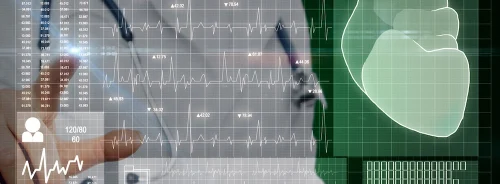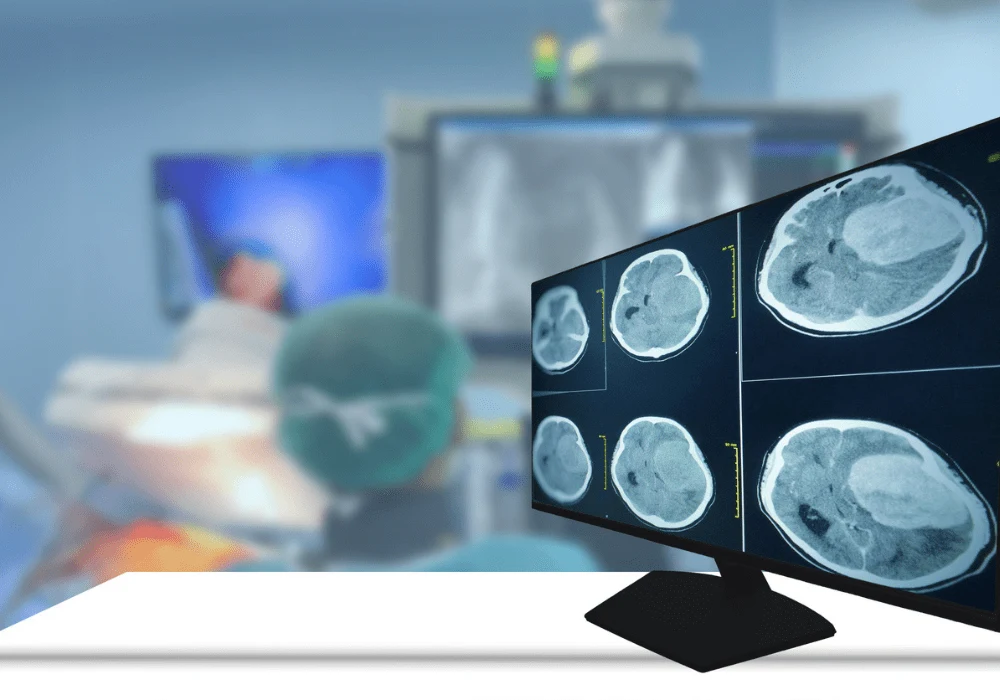Glioblastoma, known for its aggressive nature and complex pathology, requires meticulous monitoring and documentation for effective treatment management. This disease's complexity necessitates detailed reports encompassing histopathologic and molecular diagnoses, imaging findings, and treatment histories. However, the volume and intricacy of the data pose significant challenges for healthcare providers. The advent of large language models, such as GPT-4, presents an innovative solution by automating the summarisation of clinical data, potentially streamlining patient monitoring processes. A recent study published in Radiology assesses the efficacy of GPT-4 in summarising comprehensive clinical data from radiology reports of glioblastoma patients.
The Role of GPT-4 in Clinical Summarization
GPT-4's application in medical settings involves generating concise and accurate summaries from extensive and detailed clinical data. In the study, the model was tasked with processing data from 375 MRI scans of 75 glioblastoma patients, each report encompassing a descriptive summary, final impression, histologic and molecular details, treatment history, and current clinical status. This data was synthesised into summaries that encapsulated the patient's disease course, focusing on treatment outcomes, imaging findings, and current health status. GPT-4 aims to assist clinicians by providing quick, coherent overviews, facilitating more informed and timely decision-making in multidisciplinary tumour boards.
Methodology and Implementation
The study was conducted across four major medical centres, involving neuroradiologists who prepared detailed radiology reports as part of routine clinical care. These reports served as the input for GPT-4, which was trained to generate summaries using a specially developed prompt. The prompt guided the model to focus on critical elements such as imaging findings, relevant incidental discoveries, and comprehensive medical histories. Each patient's data was processed separately, ensuring tailored summaries for individual cases. Expert neuro-oncologists evaluated the generated summaries based on criteria like accuracy, logical coherence, and clinical relevance. This rigorous evaluation process ensured that the summaries were not only factually correct but also aligned with clinical needs and standards.
Evaluation and Results
The study's findings indicated high accuracy in the summaries generated by GPT-4. Of the 75 cases, 91% were deemed accurate in representing the disease course, with crucial information such as necessary imaging findings and relevant medical history being well captured. In particular, 95% of the summaries correctly represented essential imaging information, while 83% accurately included relevant incidental findings. The evaluation highlighted some minor discrepancies, such as occasional omissions or inaccuracies in detail, like the exact date of a diagnosis or the specific location of a finding. However, these errors were generally not clinically significant. Furthermore, GPT-4's ability to generate R code for graphical representations of the disease course provided an additional tool for visualising patient data, aiding in understanding treatment progression and outcomes.
The deployment of GPT-4 in summarising clinical data for glioblastoma patients showcases its potential in medical reporting and patient monitoring. The model's ability to distil complex, multi-faceted clinical information into clear, concise summaries offers significant benefits for healthcare providers, particularly in settings where quick and accurate information is crucial for decision-making. The study underscores the potential for integrating AI-driven tools into routine clinical practice, potentially improving workflow efficiency and patient outcomes. However, the research also acknowledges the need for further refinement and broader application, including testing across different medical conditions and ensuring AI's reliability and ethical use in clinical environments.






